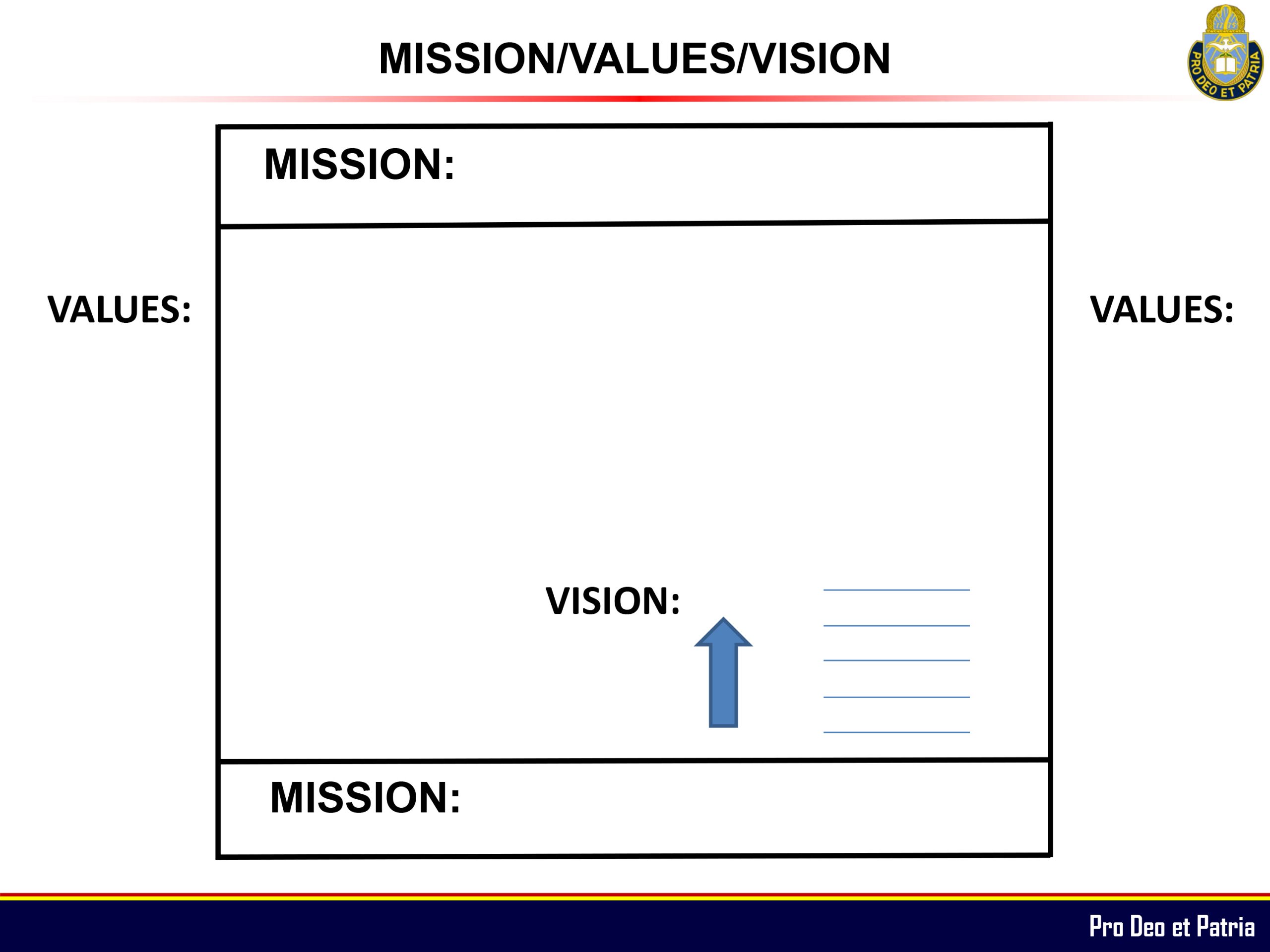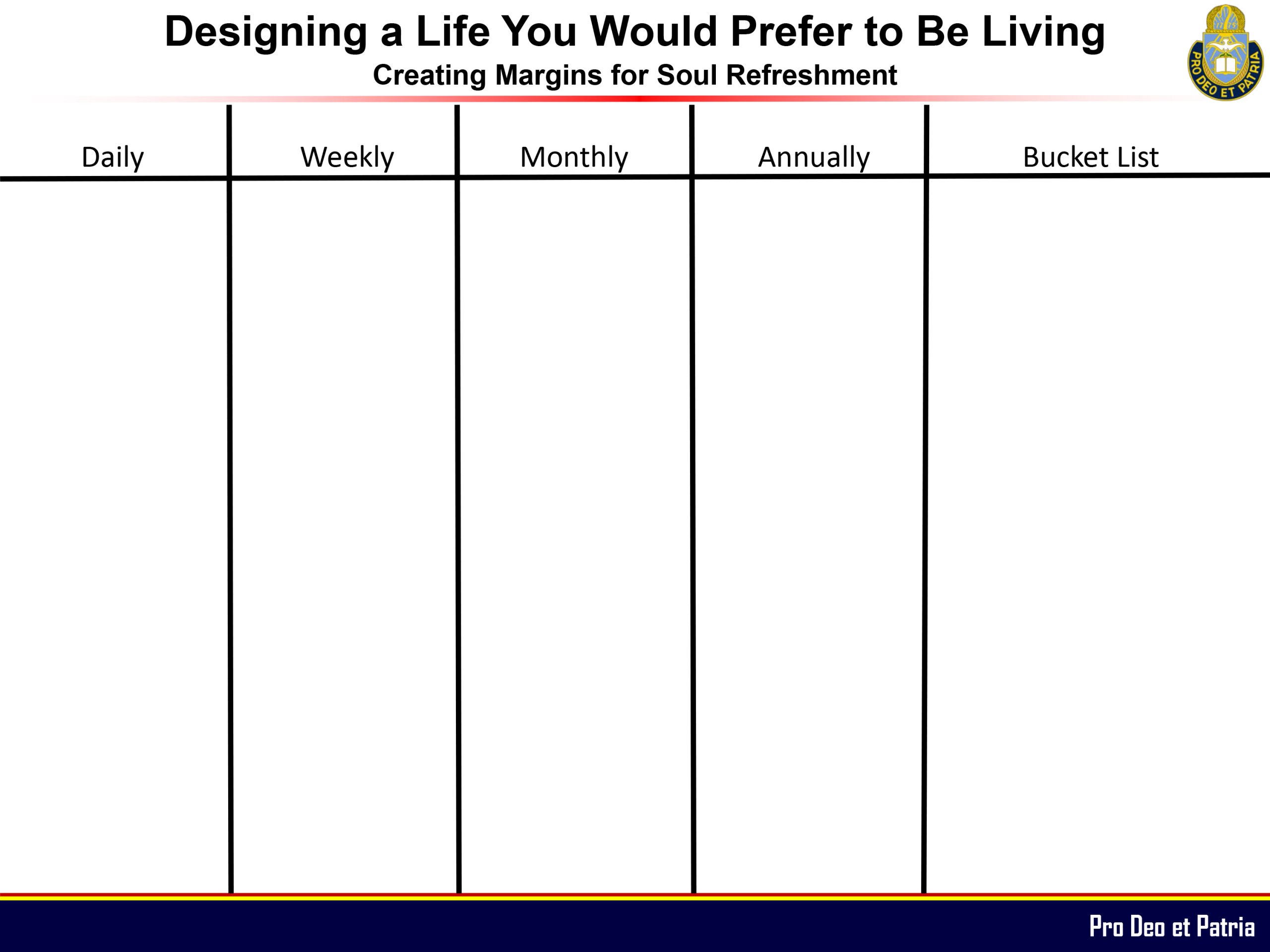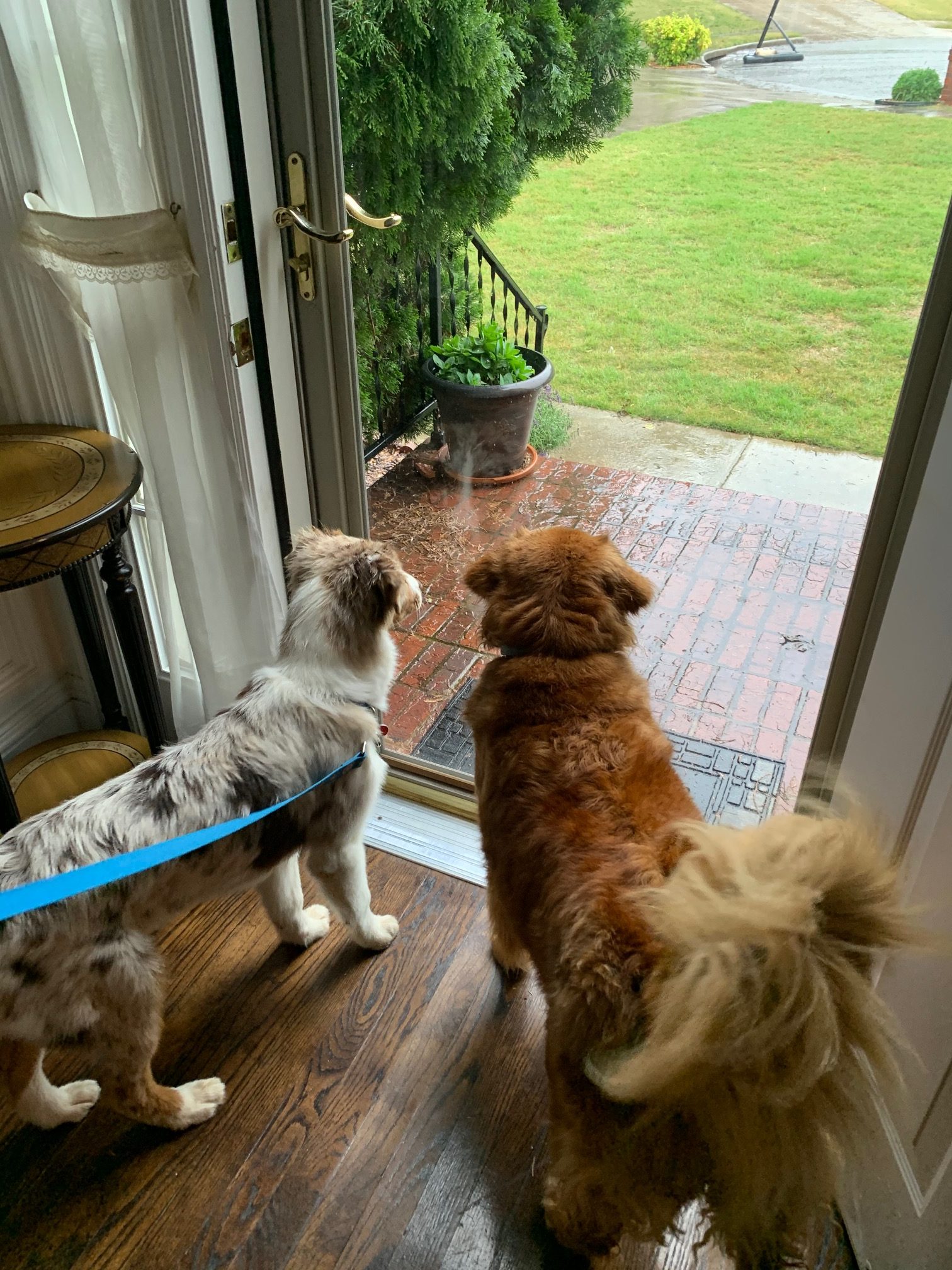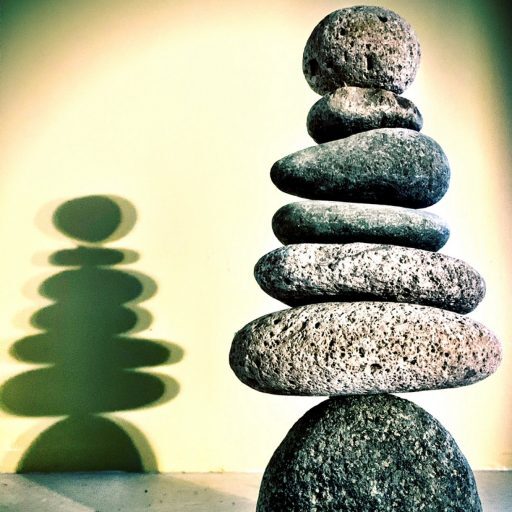“With respect to the Army, I believe burnout to be the gravest threat we face to resiliency, readiness, and retention.”
All who study the phenomenon of burnout will tell you: prevention is best. It is best not to wait until you are experiencing deep stages of burnout to begin to make some changes to address it. I have found burnout to be sort of like my athletic concussions: the more it happens the worse it gets and the harder it is to recover. So what is to be done? Well, first of all, my mission with these articles has been to identify and define the problem of burnout and its symptoms so that people can self-diagnose. Burnout is a lot like Satan, apparently. His organization has everybody convinced he doesn’t exist. Many organizations would rather take advantage of your willingness to overextend to temporarily increase production. But this has grave costs in the long term to you and to your organization. If your organization is, like mine, all too unwilling to name the problem, let alone confront the issue head on, and if you have no way of switching from one organization to another because you are trapped in your job, then you need to take steps to protect yourself from burnout. It is not worth it to you or to your family and friends.
With respect to the Army, I believe burnout to be the gravest threat we face to resiliency, readiness, and retention. I believe it is among the top pre-conditions among those who have a precipitating event that leads to suicide ideations, attempts, and unfortunately successful efforts. I am not sure why no one has done a longitudinal study on this threat to the force, but I am hopeful with recent admissions of a lack of effort on the part of leadership to protect the force from being overextended in the last 20 years of war, we will begin to address this root issue that has been danced around for years. When I have had Soldiers name the top issues in the Army, rarely has this been mentioned. When I then have Soldiers listen to the definitions and symptoms of burnout, and wonder with them if it is a root pre-condition of a lot of the other serious incidents, there seems to be a nearly 100% consensus that we are, in fact, burning out our people.
With a new shift in policy to “People First,” which takes awhile to implement and trickle down to the lowest levels, and as my own current boss emphasizes, while we still must accomplish the mission with excellence, we need to do it through the well-being of healthy people in a healthy organization. We may newly have every excuse to aim at this problem with effective solutions. My solution has been to teach Soldiers a simple exercise in life design. Designing the life you’d prefer to be living requires planning, effort, steps, stages, and often importantly, accountability, just like getting back into shape after taking on post-surgical weight, which I’ve had to do six times in seven years in the Army.
The key to this, as with everything in life, is to take proper aim. If you do not take aim, you will hit what you’re aiming at: nothing. That’s why, before I start jumping in to fixing temporal counseling problems, I wonder with people what they are really taking aim at…. do they even know? Are we just clocking in and clocking out for 20 years to get the retirement? Or do we have a God-given sense of who we are and where we’re going that takes us through the roughest times? That’s why I have people take a look at their mission, values, and vision, preferably with their spouse if they are married. It becomes the root communications tool for life design. If we create greater margins in our lives for this new idea, will it help us hit what we are aiming at and help us get where we are going?
After teaching about occupational burnout, I have the Soldiers do a practical exercise on paper, which is set up like a football field, with mission being the end zones, values being the sidelines, and vision being the 3-5 year plan that is revisited as often as needed.
Mission is how you are aimed at life. It is not the same as the mission of your organization. Why do I wake up in the morning and do what I do with passion and excellence? It is very often at odds with the cultural priorities of my organization. I do what I do with passion and excellence because I am taking aim at a use of self for the benefit of others. That is my mission. When I start focusing on myself to the exclusion of all else, I know that I am not hitting what I am really aimed at with the core of my being. That is my mission, and it comes from my faith: love God with all heart, soul, mind, and strength, and love neighbor as though neighbor WERE self. Mission is both end zones, your two fixed points to set a life azimuth with which you are taking aim over the course of your life. When we are standing at the other end of our life, career, and vocation, what will we see when we look over our shoulder? Will we be able to say, with integrity, that we’re proud of what we aimed at and that we did what we did with passion and excellence to invest in others and teach them to pay it forward? I want to be able to say that while I may not have done everything perfectly, I know my aim was true.

Your values are the sidelines of the football field, the boundaries within which you will play this game of life. Values lived out establish an ecosystem around you, for good or ill. I joke with my Soldiers that even if they have no values, that’s okay, because the Army issues those too, acronym, LDRSHIP: Loyalty, Duty, Respect, Selfless Service, Honor, Integrity, and Personal Courage…. a pretty good start. But then I tell them that they might want to think about some others, like Covenant Keeping–if you stood before God and witnesses and made vows to your spouse, that is one of your value boundaries, lines outside of which you refuse to color. Or generosity, and I use my father as an example because he pays for everybody every time. Or hospitality, and I use my mother as an example, because she would always invite stray strangers who were visitors in church that day to eat with us in our home and set another place at our table. Or faith, and I use my parents as an example because as a ritual discipline we would go to church as a family, do devotionals as a family, and include our faith community in our very lives throughout the week. It is the cultural ecosystem within which I grew up. It is an ecosystem, that, like it or not, forms the behavior of children for years to come. If our ecosystem is left untended, some strange things grow in the Petri dish of our families of origin.
Most notably, my father’s career took him to Thailand and Vietnam and took us as a whole family to Peru. Following the devastation of the Vietnam War in which he served and was awarded the Silver Star, my parents took in a refugee Vietnamese family into our home, and I shared my room and bunkbed with a Vietnamese boy. They did this because their values of generosity and hospitality were lived out to the hilt. Do you think that has a powerful impact on a child, to see Isaiah 58 lived out so radically right before your eyes? You betcha. It becomes a part of you. And to live in Peru at a young age, to see real poverty, and to see your parents treat anyone of any race or class no differently than any other, to see generosity lived out among the poor, to have a Silver Star father of the American Warrior class look with empathy and compassion on the least, the last, and the lost? My family of origin was one heck of a value ecosystem. Another example of my father’s honesty and integrity: when he got the wrong change in his favor from a store, he would go back, even if it meant turning the car around a few exits ahead.
My folks were also vehemently against racism because of their faith, believing every people, language, family, tribe, and Nation to have people who represent the image of God. Being against racism and for inclusion, treating everyone effortlessly with dignity and respect, was just the natural ecosystem in which I grew up. When we moved to Fort Benning, and I saw overt racism for the first time in the deep South, it crushed me. I was always making friends with international exchange students and had friends across racial lines. This was not because I aimed consciously at it. It is simply what the culture of my family produced. Being against racism as a value can cause one to make major decisions about where to live, and those of us with the privilege of choosing our home with every move can avoid contact with diverse neighbors and schools, or seek it out. Because of my parents’ emphases at home, this is how I have lived out my life, often as an unwitting operating style that comes naturally to me. This is the power of values that govern how we take aim at and accomplish the mission of life.

The LTC (Ret.) Robert B. Cairns family, with yours truly on the far left; then my sister, Jill, who is a corporate attorney married to a Federal Prosecutor; my sister Gerry who owns an ISP on Orcas Island, orcasonline.com; my mother Terry, whom we just lost in Feb 2020 and she will be interred at Arlington National Cemetery in Feb 2021; my brother, Craig, a former Army CPT, Apache Pilot, who was awarded the Distinguished Flying Cross during Operations Desert Shield and Desert Storm, who owns the investment management firm, HoweandRusling.com, with 1.4B under management; and my father. I am the non-combatant runt of my family litter.
Not everyone has such great examples from their own family of origin, but we can all start right now, by cultivating a value ecosystem around us and our own children, co-workers, and neighbors, values that are lived out in our operating style. This will form not only ourselves, but those around us. When you have a boss who values honesty and integrity above what he or she just wants to hear, it affects the culture, behavior, and operating style of the whole organization, and we all know this to be true.
Next is vision…. having taken aim at life with a mission, and decided what boundaries within which we must live, it’s time to decide what we specifically believe we are called to accomplish in the next three to five years and what obstacles we’re going to face. Vision consists of our Xs and Os. It’s not just goal setting, it is also a realistic inventory of assets and liabilities. For example, if we want to get an advanced degree, that is a great goal. However, some questions arise: what is the cost in finances and time? Do we have it within our margins? Too many people start out toward a goal that they’ve set and never arrive there because they were not realistic about the inertia they would face in obstacles. Our Xs have Os, and we need to be brutally honest about the enemy we face and the potential risks. But we must weigh that against our mission and values and decide whether the time, finances, and risk are worth it because of who we are and how we’re aimed. I love the word passion when it is defined, not with the connotation of follow your bliss, but that for which you are willing to suffer to see to fruition. THAT is a passion worth fighting for to stand on your destination having taken the hill. There’s a great view from there.

Once I’ve facilitated the process of Mission/Values/Vision for a person, which is all their content organized on one side of a sheet of paper–developed singly or together as a couple–I then flip the page to where the rubber meets the road, and the grit of life determines the grit in each of ourselves, where we find out what we’re really made of. It is here that we must speak of margins. We are all limited to the confines of one single human being, and I can usually get every Soldier of any faith or no faith to admit this. That means we have finite resources of time, talent, treasure, as well as emotional energy and intellectual faculties. When we get tired, it is an indication we need rest. When there is nothing in our soul’s refreshment bank account, we need to understand the warnings of the signs and symptoms of burnout. We cannot simply take on new and great things without taking stock of our capability AND capacity, with capability being what we CAN do and capacity being how long we can do it for before exhausting our resources.
We have some very high capability and high capacity people in the Army, but they are often the ones I worry about most if there is no governor on the pace of their operating style, because they are the most LIKELY to take on new, better, and great things. Without an organization tracking what people CAN handle all the while maintaining the necessary leftover energy and resources for the margins for family and friends AFTER work, they will allow people to work themselves to the point of sacrificing family on the altar of the mission, and with the exception of one context–when the bullets are flying during an operation in a combat zone–I am not okay with my organization doing that to people.
After getting my Soldiers to all admit that a) they are limited within the confines of one single human being, and b) they have been burned out before, I take them to the next step of designing the life they’d prefer to be living with just a few lines on the flip side of the football field page, with columns for daily, weekly, monthly, annual, and sabbatical/bucket list. Within that space, they are to come up with the key things they need to be doing with whatever energy and time resources are left over by the Army to achieve their vision by a design on the other side of the page from mission/values/vision. Within their daily capacity, what must they do to hit what they’re aiming at? This is goal setting on steroids. It is loosely based on the monastic concept of Rule of Life, but think ruler not rules, a measuring stick. How do we measure whether we’re hitting what we’re aiming at within the confines of a single human being’s capability and capacity in body, soul, and spirit? How do we strengthen the muscles of body, soul, and spirit with margins in our day, week, month, and year that are dedicated to the purpose of strengthening, rest, and refreshment.

As Chaplains, we are not encouraging soul refreshment enough. We even have some Chaplains who dispense advice on how to go further, faster, and longer in counsel that causes our war horses to whip themselves to exhaustion. We sometimes need to rein in the horse instead, let them choose the right feed and paddock, and to let them wander, play, and rest. Our problem is not just in time management and goal setting. Our problem is we have a performance based identity in an achievement-oriented, competitive meritocracy, and it is exhausting most of us to the breaking point in body, soul, and spirit, and it is killing some of us: our marriages, our romantic relationships, our parent-child relationships, and causing some among us to be so burned out that we think about welcoming the end, or worse, causing it ourselves. We should not be sacrificing all that peace and well-being on the altar of the mission in a Garrison training environment. We should not have Chaplains or mentors feeding the beast with encouragement to go beyond the breaking point with pseudo-motivational insipid inspiration, simply because the Army needs that from us in times of limited people resources.
With attentive cultivation of the right things in the margins, for strengthening and increasing capabilities and capacities, for rest, for play, for meditation, for prayer, for reading, for relaxing, for refreshment, and for accomplishing our goals, we can have a life that is full to the brim with the right things, instead of letting the enemy of the chaos in the margins left over by work dictate their dis-ease to us, and that is the way we impose our will on that enemy. And so we begin to list those things we NEED in the margins of our day, our week, our month, and our year to sustain us. By doing so we begin to chip away at that chaotic enemy stronghold.
I encourage Soldiers to think of weekly sabbath, not as a legalistic way of rule following, but as rest in body, mind/emotions, and spirit. We need to fast from television screens, computer screens, tablet screens, and smart phone screens. We need to be out of touch for awhile from the emotionally draining drama at work. Many of us allow it to invade our homes and take over the space that should be reserved for our families. Then noting that the root word of sabbatical is sabbath, I encourage Soldiers to pull something off of their bucket list every three to five years into their annual leave. This may require planning and budgeting of time and money, but it is worth it not to wait until twenty years or more is up. I have had two people known to me who have died of cancer right after they retired. We don’t know what perils the future holds, and we shouldn’t wait until later to fill our lives with abundant life now, that is, with “life” properly defined.
Chappy’s sweet ride with Kayaks at Lake Tholocco, Fort Rucker, AL. Burnout averted.
The lines on the page of daily, weekly, monthly, annual leave, and bucket list create space for contemplating what is and what ought to be. It can catalyze an important conversation with our spouse about down time, amusement, and recreation. Too much “me time” is bad, just as is not enough. There is a difference between amusement and recreation, as I often mention. A-muse means not-think. Recreation = re-creation. Amusement is about checking out mentally. There is nothing inherently wrong with that, but it is not and should not displace recreation or be confused for being synonymous. If our life at work is full of too much taxing physical work, emotionally draining drama, occupational tediousness & boredom, or spiritual compromise, and we come home with nothing left to give and invest in our families, we are doing it wrong, and we cannot wait for our organization to take care of us. Organizations are often impersonal bureaucracies that are all too willing to let you sacrifice your self and your families on the altar of their mission or bottom line. Protect yourself. One way of doing that is redesigning your life so you’re living the one you’d prefer.
So let’s take a look at some specific examples of daily, weekly, monthly, and annual priorities. What do we need daily? Some of us are gym rats, but all of us need endorphins released into our body, and this can come in the form of physical training of many different kinds. The important thing is to find the kind that is a suitable fit for each of us that pulls or drives us toward being healthy and fit. Many think that the Army’s method of doing this is not adequate, and we ourselves need to take ownership of a larger, more comprehensive way of being fit. Be specific. In the space for daily, put those things down that will stretch you a bit, but be realistic, especially when expanding your margins for such things from a baseline of zero activity. There is no shame in working hard to start from where you are. Don’t be dissuaded by the people who are further along, like those sexy people in the gym watching you walk in with a Mom or Dad bod. The important thing is that you are beginning to displace the wrong things with the right things, dropping things to create space for taking up soul refreshing things.
One thing I’ve found as I’ve done this in conversation with my wife: we have different operating styles. She likes to make lists in her head of everything she wants to accomplish in a day. She feels good if she checks a lot of things off that list. She feels good about me if I am helping her with that list. Sometimes I find that operating style oppressive, but there is nothing evil about it. In fact, it is a perfectly legitimate way of walking through the world unless it becomes an idolatrous attachment to list accomplishment. I’m built differently, however. I measure how good a day was by how many impactful conversations I’ve been able to have. If I have to push the list aside for crisis counselings that matter, it still feels like a great day, even better than if I had accomplished everything on the list.
Because we’re different, we have to compromise, and the lines on the page of this life design give her confidence that something will be accomplished, and the space in the columns gives me space to imagine and be creative. It is like an engineer and an architect coming together to make something beautiful AND functional. I’ve had to tell her not to greet me when I get home with a list of things that need to be accomplished. We will get to her list, but it’s not the best thing for her to give it to me right when I get home from an exhausting day of crisis counselings, sometimes devastatingly tragic. I need some space. She needs me to check things off her list. How do we do this? Well, for the last 25 years of marriage, I haven’t been all that great at making her list as much of a priority as I should have. Confession is good for the soul. But she is important to me, and that makes her list important. She wants to feel like we’re a team, swashbuckling against the list of things we need to be doing.
This way of thinking and speaking about life design helps us immensely to meet in the middle, value each other’s operating style, and see just what has been accomplished standing here and looking into our past to see the fruit of all of our efforts. But it is not and has not been easy. We each have to grudgingly admit, though, that the accomplishments of each of our operating styles has been massively substantial. God has so richly blessed us with each other. I keep her head in the clouds, and she keeps my feet on the ground. One way of setting aside the list in a productive way for the space I need is to simply include in our life design a daily walk together with the dogs. The dogs need exercise and interests beyond our backyard. We both need to clear our heads. It’s a great way to connect, get things off of our mind and chest from the day, get some endorphins released, while being together. And it is far better than being greeted at the door with a list of “shoulds” and “have-to’s.” Something else may serve the same function for you. Do what works.

The dogs with whom I have a love hate relationship. Somebody in this family please train the quarantine puppy!
We might daily need the soul refreshment of daily meditation, the reading of the holy writ of our faith, and prayer. I saw my father between PT and returning to work pausing to read the Scriptures every day. Every.day. If you’ve never done this kind of thing, start by building small margins for it…. 5 minutes, 10 minutes, 15 minutes. Just like doing push-ups, you’ll find that with the small repetitive consistency, you’ll be getting what you need from the right amount of time. You might start a journal or a diary. If you’re an external processer of information like me, not everyone wants to hear what you have to say about every subject. So write it down. Refine it. Share it when its ready to the right people in the right time. Or keep it to yourself. It may just be a way of clearing the decks.
Create some space for things you love to do instead of just accomplishing the “shoulds.” I had a spiritual director (a sort of mentor in my faith) who often said, “I will not ‘should’ myself today.” Should’s and shouldn’ts are sometimes important, but I recommend that we live by the ruler we are using for life design and not merely following the rules. A ruler is a measurement, and design of life is a way of taking aim and being able to measure if we’re hitting what we’re aiming at. If you love to read poetry, or play guitar, or both while writing songs, then do not let that get crowded out by the life drama. You’ll find it’s what refreshes and sustains you THROUGH the drama. Be specific. Maybe you can’t do it every day, so you have to do it once a week, or one weekend a month. I cannot stress this enough: be specific, e.g. “the first Tuesday evening of every month will be set aside for song-writing.” Build it into the rhythm of your life.
Think in the categories of time spent with Creator, in Creation, in creativity, and in community, perhaps even faith community too, for soul refreshment. We must have time in the margins of our lives for mere soul refreshment, without it being necessary to accomplish anything or have a product or something to hang on the wall. This could be art therapy that never ends up with a masterpiece, it just brings us peace of mind. The more space you create for these sorts of things–especially in community with your family, which is your primary responsibility in this life–the more you’ll hold burnout at bay. It is not enough to tell people just to “get work/life balance.” We have to teach ourselves and one another what that means.
In the weekly category, I mentioned sabbath already, but one other example I want to mention is to set a ruler like “at least four out of seven nights a week, I want us to be seated around the dinner table.” That should not be that big a deal, but increasingly in our culture, it is. With the logistics most families face of getting an average of 2.75 kids around to 3 activities twice a week APIECE, we have to make it a priority to see each other and spend time together at the table, breaking bread, and relating, otherwise it will be an 18 year blur per child like ships passing in the night, and parallel play with our spouse. Google it. Find out what the statistics are about families who make eating together a priority. The findings of longitudinal studies are very pronounced, that eating together keeps kids out of jail. I’m serious. Now, with this, especially as much as I travel, four nights a week isn’t always possible. Sometimes, such as on family vacations, we have weeks that bring up the average.

The Chaplain Chris Cairns Family around the Thanksgiving Dinner Table, 2020.
The important thing is not to use the life redesign tool as a way of coming up with a list of rules to beat yourself up with. Rather, it is a way of measuring whether you’re hitting what you’re aiming at, the things you value most, and it can lessen the drama of the conversation about it with your spouse because YOU put it on paper. Sometimes, having a third party counselor or mentor assist you with this tool, especially if you’re a couple who’ve been together for a minute, can also lessen the drama and prime the pump of creatively getting where you’re going. I heard a parable/joke of a guy driving through the Irish pastoral countryside and getting lost, and he stopped to ask a farmer herding his sheep for directions. When he asked how to get to Dublin, the farmer quipped, “well, if you’re going to Dublin, I wouldn’t start from here.” We all have that difficulty of taking aim at life, or re-taking aim, and having to “start from here.” This design of life as a communication tool can catalyze the process of getting your stuck family wagon out of the ruts or ditch and onto the right road.
With respect to monthly, I’ve already mentioned making some soul refreshing activities you enjoy at least a monthly discipline. But another thing I’d recommend putting down–other than the obvious date night(s)–is using one weekly sabbath a month to get out of Dodge. Get out of what we call the Area of Operations in the Army, or AO. Once a month, do something outside of your AO, by yourself or with your family, but make it relaxing and peaceful, like checking out a State park you’ve never been to, or fishing a new lake or stream. Use it as an excuse to explore. One difference you’ll find in couples is that some individuals are extroverts and some are introverts, and almost 100% of cases, those two individuals find each other to make a couple. It is not “opposites attract” so much as complimentary attracts. This makes sense: a listener meets a talker…. They need each other: the talker needs a listener, and a listener needs a talker to draw them out. But introversion and extroversion should not be reduced to talking and listening. It is really about how you recharge your batteries. I get renewed energy by being around people. My wife gets drained of built up relational energy as a teacher all week. She needs a large piece of the weekend to herself, without anyone needing her. So a great thing for me to do for her is to give her Friday sundown to Saturday sundown to herself, if she wants it. That means I have to keep the kids alive and entertained, but I don’t want her to judge me if they’re covered in cheeto dust, mac n cheese, and plates of pizza crusts. As long as they’re alive and we made it through her absence, we should be good. So I should afford her one day a week to recharge her batteries. I should afford her one weekend a month outside of her AO. And I should afford her one weekend a year at least to get away from us all for a retreat. These are the sorts of things that can be discussed in life redesign.
Another monthly example I like to share is to have a goal of spending time with each of your children every month. It doesn’t have to be a big outing. Just ask one of your kids to go with you on an errand to Home Depot and to hold your tool for you while you’re working on a project. Or just do something with them that they enjoy. This will make them feel singled out and special, honored and paid attention to. Maybe ask one of your children what THEY want to do that day off, and then play that board game with them, or throw the ball back to them, or get on the ground and play trucks with them. They will remember it, especially if it is an established pattern.
Grease the skids for your New Year’s Resolutions by investing some time in rearranging your plans to give space for the design of the life that you’d prefer to be living. I’ve just scratched the surface in this article.
“Burnout Part III: Recovery” coming soon.


